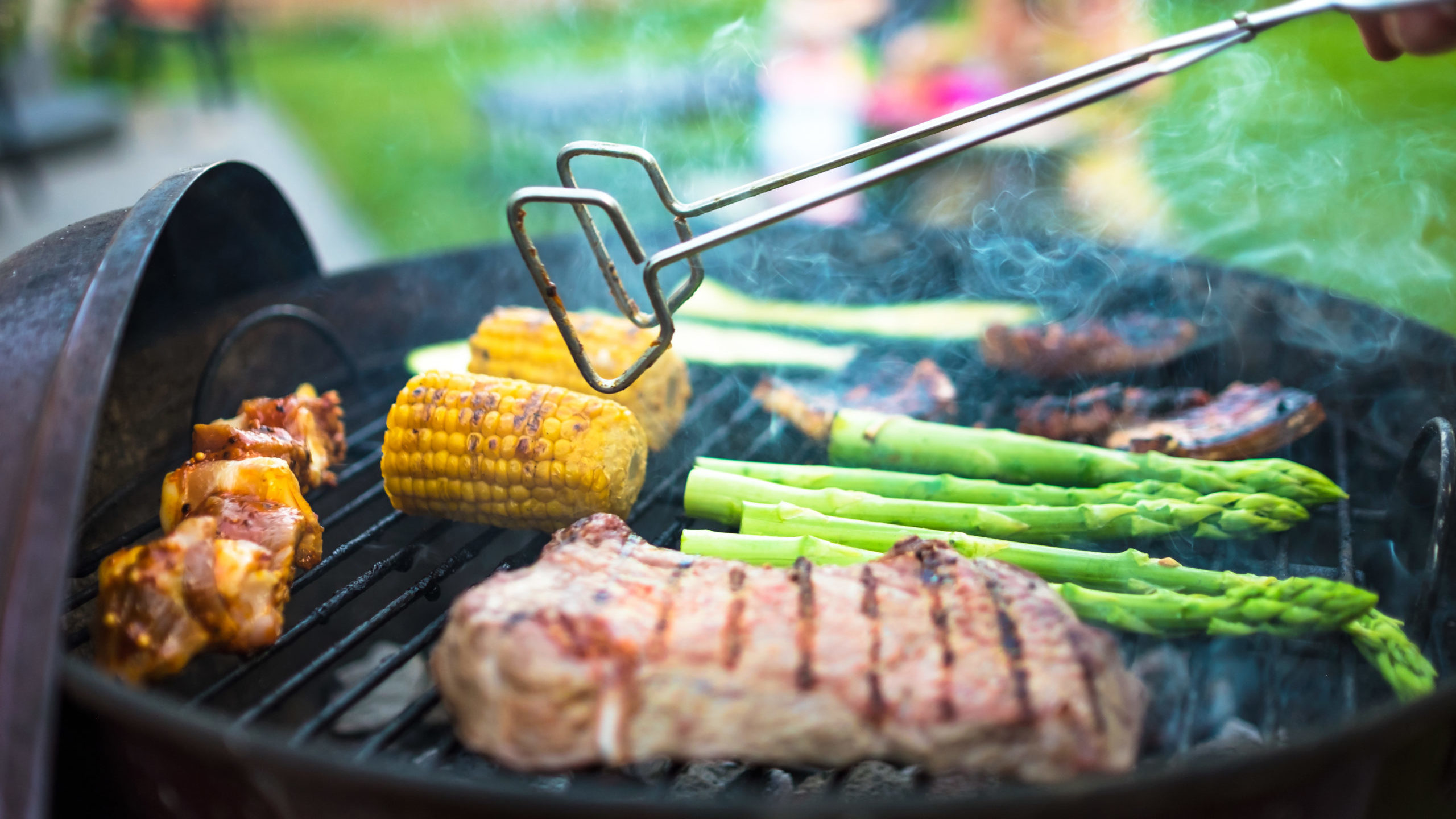There is no better excuse for a barbecue than the combination of sunshine and holidays.
We often take the impact oil and gas, and petrochemical-based products have on this favourite summertime activity for granted.
The following photo essay explores how involved oil and gas is in executing the perfect summer BBQ.
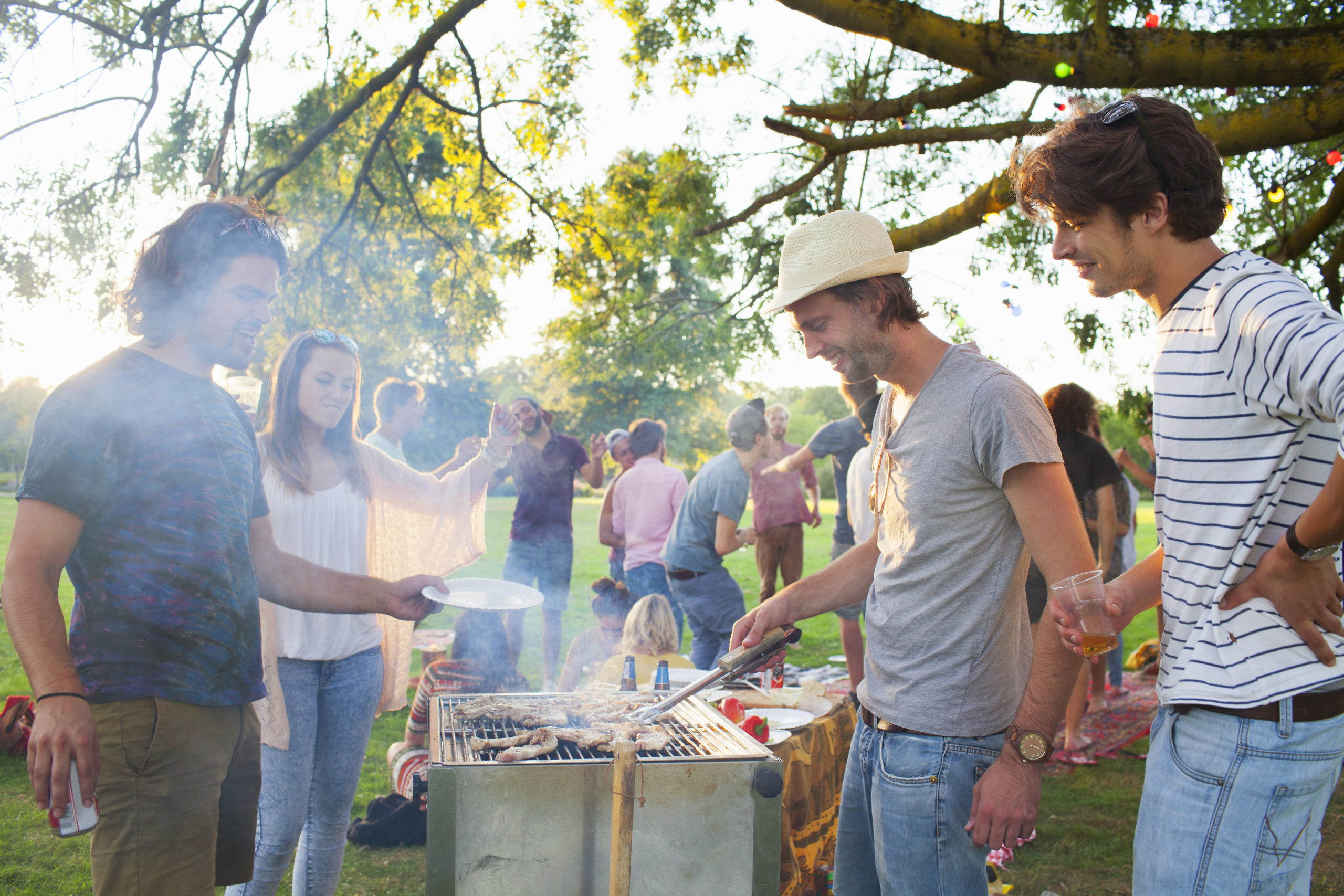
The first ingredient for a successful summer gathering is guests! How will they get there and what are they wearing?
According to IHS Markit, nearly 12 per cent of new vehicles registered in Canada in 2021 were some form of electric vehicle. Therefore, most of your friends and family are still arriving by gasoline powered vehicle, maybe even by public transport.
Not only will your guests be transported by them, they’ll also be clothed in petroleum products. Polyester and nylon are the first and second most-used manufactured fibres in apparel. These materials are made from petroleum-based polymers, more commonly known as plastic.
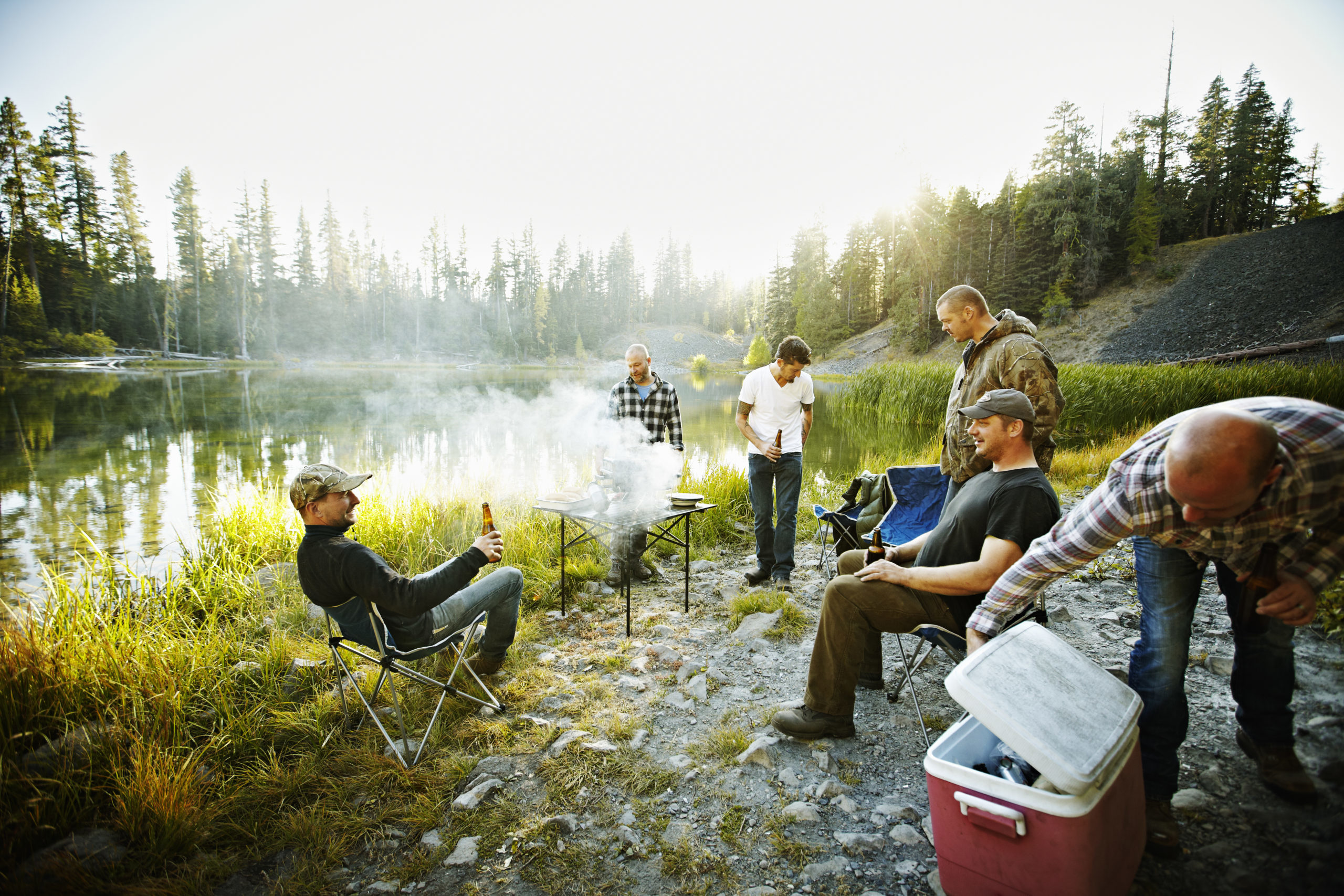
What request do you often hear immediately upon arrival at any gathering – “Can I get you anything to drink?” Alternatively, you may be given directions to grab a refreshment from a nearby cooler. The container for keeping your beverage fresh and frosty is either powered by oil and gas or made from petrochemicals.
A cooler’s shell is rigid plastic, polypropylene, while its insulation is made of polystyrene – a synthetic resin obtained by reacting ethylene, sourced from natural gas and/or petroleum, with the hydrocarbon benzene and often blended further with other polymers.
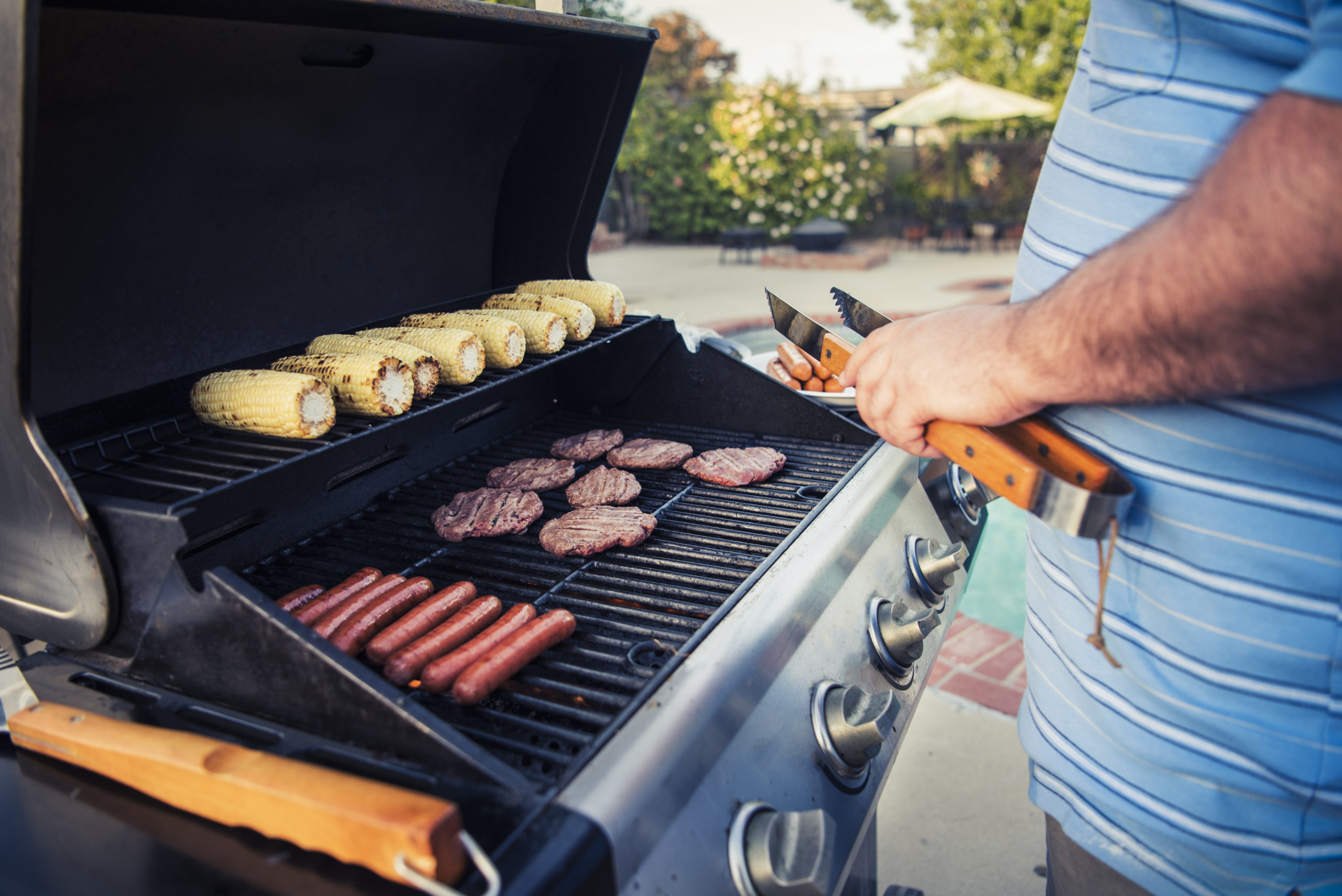
After initial greetings and mingling are taken care of, the designated barbecue chef fires up the grill. Whether it is natural gas- or propane-powered, its sole function depends on oil and gas products.
Hot off the grill, the food on your plate was transported a great distance to your local grocery store by large, fuel-powered trucks, and perhaps driven the short distance home in Canada’s number one selling vehicle: the gasoline powered Ford F-150.
But the oil and gas sector’s contribution to the items that are about to satisfy your appetite doesn’t stop with transportation, its feedstocks are also a key ingredient in the fertilizers that allow food production to keep pace with global population.

Taking a seat to enjoy your meal and enjoy some good conversation? The composition of the lawn chair you’re sitting on can be attributed to nylon, polyester and plastic. Need to retreat under a tent or awning during a quick rain shower? That too is made from oil and gas and petrochemical-based products.
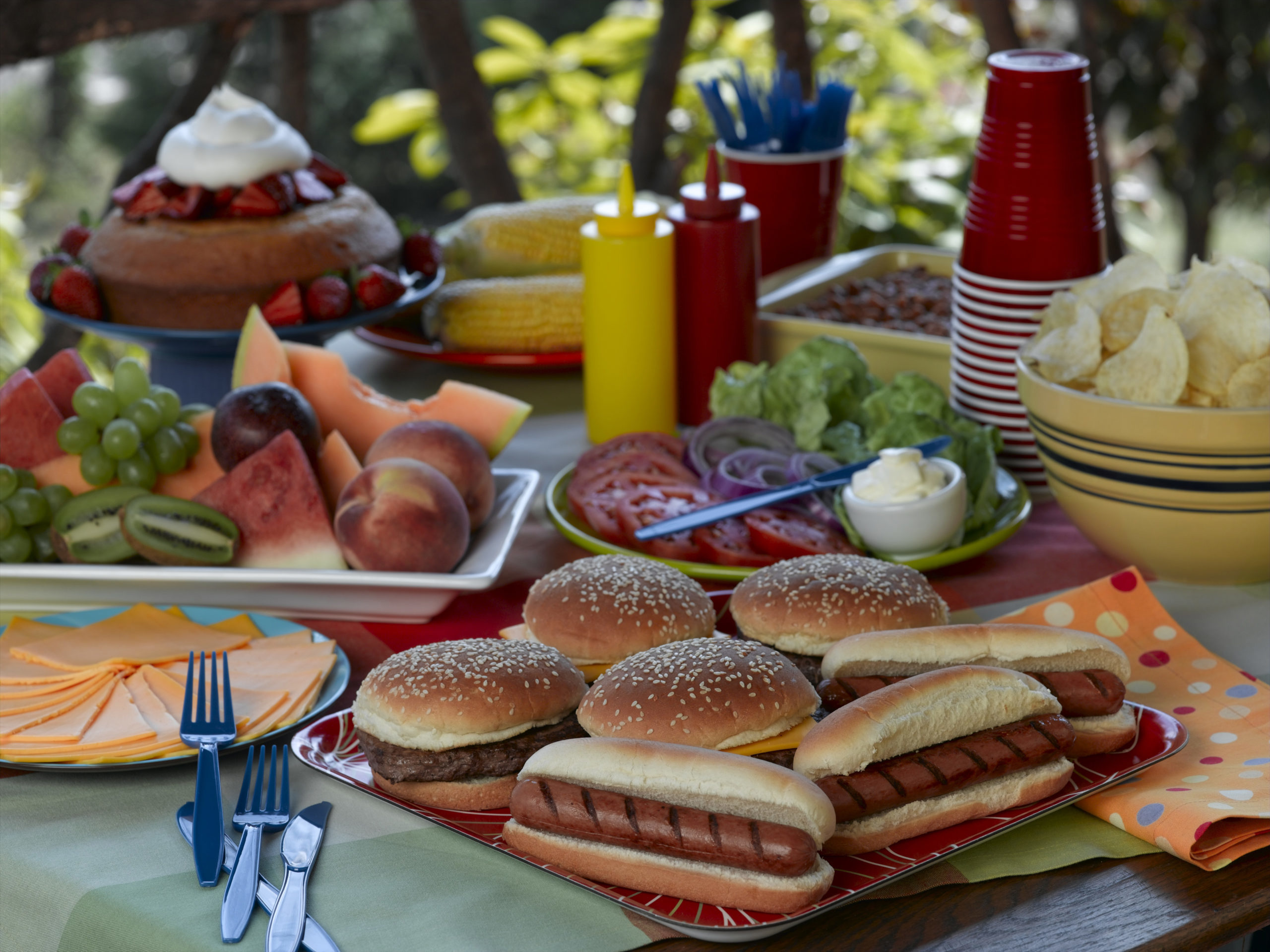
Utensils, plates, those red cups we all know and love – they’re also made from polystyrene.
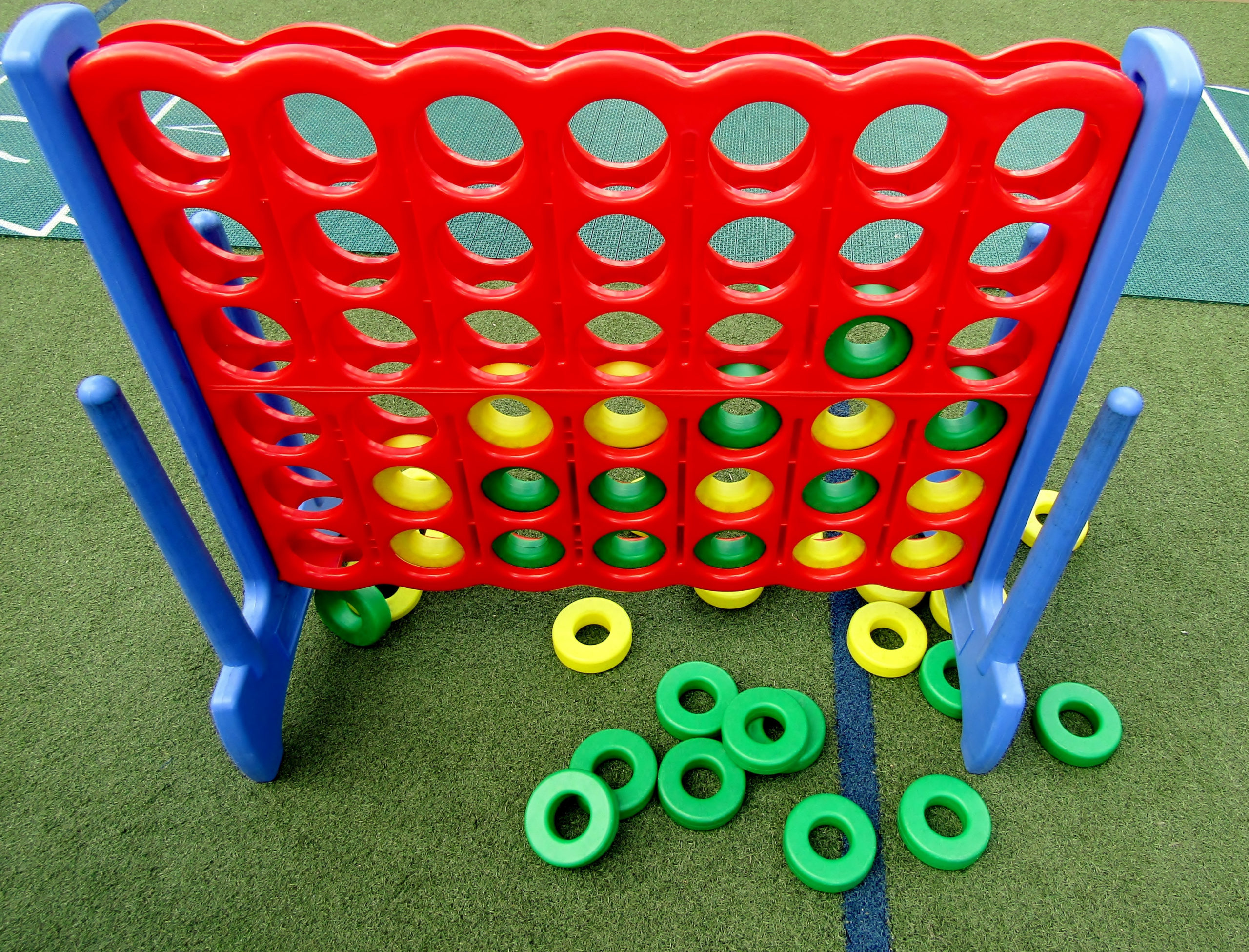
Playing giant connect-four? Throwing or kicking a ball around? Your go-to backyard games also rely on petrochemical-based materials.
So the next time you are enjoying a warm summer barbecue, surrounded by food, friends and family, drink in the scenery and acknowledge how oil and gas and petrochemical products made your evening possible.
The unaltered reproduction of this content is free of charge with attribution to Canadian Energy Centre Ltd.
